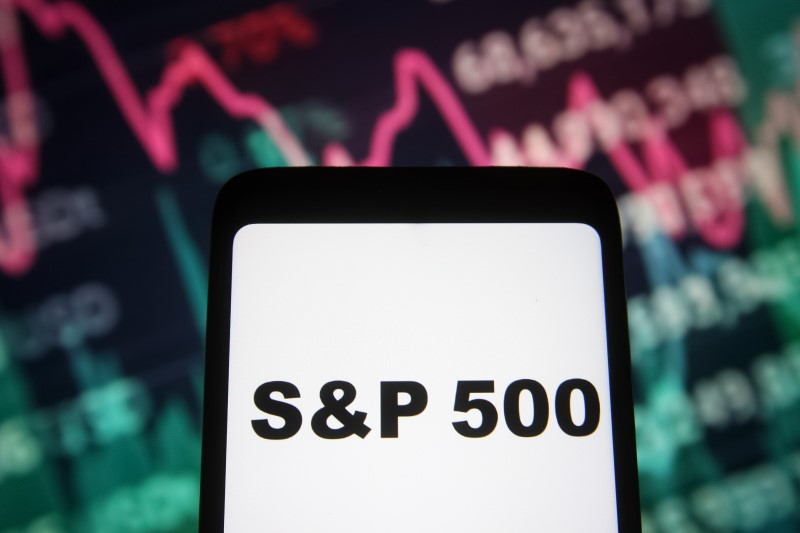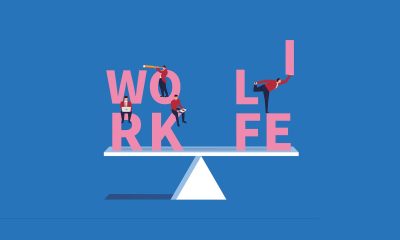Investing
US inflation data to test market’s bets on future Fed easing

© Reuters. Traders work on the floor of the New York Stock Exchange (NYSE) in New York City, U.S., March 30, 2023. REUTERS/Brendan McDermid
By Lewis Krauskopf
NEW YORK (Reuters) – A closely watched U.S. inflation report next week could help settle one of Wall Street’s most pressing questions: whether the market has correctly pegged the near-term trajectory for interest rates.
Following last month’s banking crisis, investors have become more convinced the Federal Reserve will cut rates in the second half to ward off an economic downturn. Such bets have pushed bond yields lower, supporting the giant tech and growth stocks that hold sway over broad equity indexes. The has gained 6.9% so far in 2023.
But the central bank’s more restrictive rate outlook sees borrowing costs remaining around current levels through 2023. That view could gain support if next week’s inflation reading shows a strong rise in consumer prices even after aggressive Fed rate hikes over the past year.
“If (CPI) comes in hot, investors will start to price interest rates closer to where the Fed is and likely pressure asset prices,” said Tom Hainlin, national investment strategist at U.S. Bank Wealth Management. The firm is recommending clients slightly underweight equities, expecting interest rate hikes to hit consumer spending and corporate profits.
U.S. employment data for March, released Friday, showed signs of persistent labor market tightness that could prompt the Fed to hike rates again next month.
DIVERGING OUTLOOKS
Recession worries are mounting, with investors betting the tumult in the banking system sparked by the March collapse of Silicon Valley Bank will tighten credit conditions and hurt growth.
In the bond market, the Fed’s preferred recession indicator plunged to fresh lows in the past week, bolstering the case for those who believe the central bank will soon need to cut rates. The measure compares the current implied forward rate on Treasury bills 18 months from now with the current yield on a three-month Treasury bill.
Pricing in futures markets shows investors betting that central bank easing later this year will drop the fed funds rate from 4.75% to 5% currently to around 4.3% by year-end. Yet projections from Fed policymakers show that most expect no rate cuts until 2024.
“Financial markets and the Federal Reserve are reading from two different playbooks,” strategists at LPL Research said in a note earlier this week.
Bets on a more dovish Fed have boosted tech and growth stocks, whose future profits are discounted less when interest rates fall. The S&P 500 technology sector has surged 6.7% since March 8, more than twice the gain for the overall index over that time.
Economists polled by Reuters expect March data, due April 12, to show the consumer price index climbed by 5.2% on an annual basis, down from 6% the prior month.
Markets will also watch first-quarter earnings, which start in the coming week with major banks including JPMorgan (NYSE:) and Citigroup (NYSE:) due on Friday. Analysts expect S&P 500 earnings to fall 5.2% in the first quarter from the year-ago period, I/B/E/S data from Refinitiv showed.
For some investors, the Fed’s recent interventions to stabilize the banking system may have revived hopes of a so-called Fed-put, said Mark Hackett, chief of investment research at Nationwide, referring to expectations that the central bank will take action if stocks fall too deeply, even though it has no mandate to maintain asset prices.
“If the Fed was trying to protect investors, one way would be to cut rates,” Hackett said. “They haven’t done so yet, but the market is betting that they will, rightfully or wrongfully.”
Still, a recession could pressure stock prices, even if it forces the Fed to cut rates sooner. Some investors worry that stock prices have not accounted for a drop in valuations and corporate earnings that would occur during a sharp slowdown.
“One only needs to look back to 2001 or 2008 to see that a shift in Fed policy alone is not always enough to stop an economy on a downward trajectory or start a new bull market,” wrote Keith Lerner, co-chief investment officer at Truist Advisory Services, in a note earlier this week.
“Our view is the market is now baking in a lot of good news and leaving little margin for error,” he said.
Read the full article here

-

 Investing4 days ago
Investing4 days agoThis All-Access Pass to Learning Is Now $20 for Black Friday
-

 Investing7 days ago
Investing7 days agoAre You Missing These Hidden Warning Signs When Hiring?
-

 Passive Income4 days ago
Passive Income4 days agoHow to Create a Routine That Balances Rest and Business Success
-

 Make Money7 days ago
Make Money7 days ago7 Common Things You Should Never Buy New
-

 Side Hustles5 days ago
Side Hustles5 days agoApple Prepares a New AI-Powered Siri to Compete With ChatGPT
-

 Side Hustles6 days ago
Side Hustles6 days agoMIT Gives Free Tuition For Families Earning $200,000 or Less
-

 Passive Income5 days ago
Passive Income5 days agoCustomers Want More Than Just a Product — Here’s How to Keep Up
-

 Investing7 days ago
Investing7 days agoGoogle faces call from DuckDuckGo for new EU probes into tech rule compliance By Reuters


















